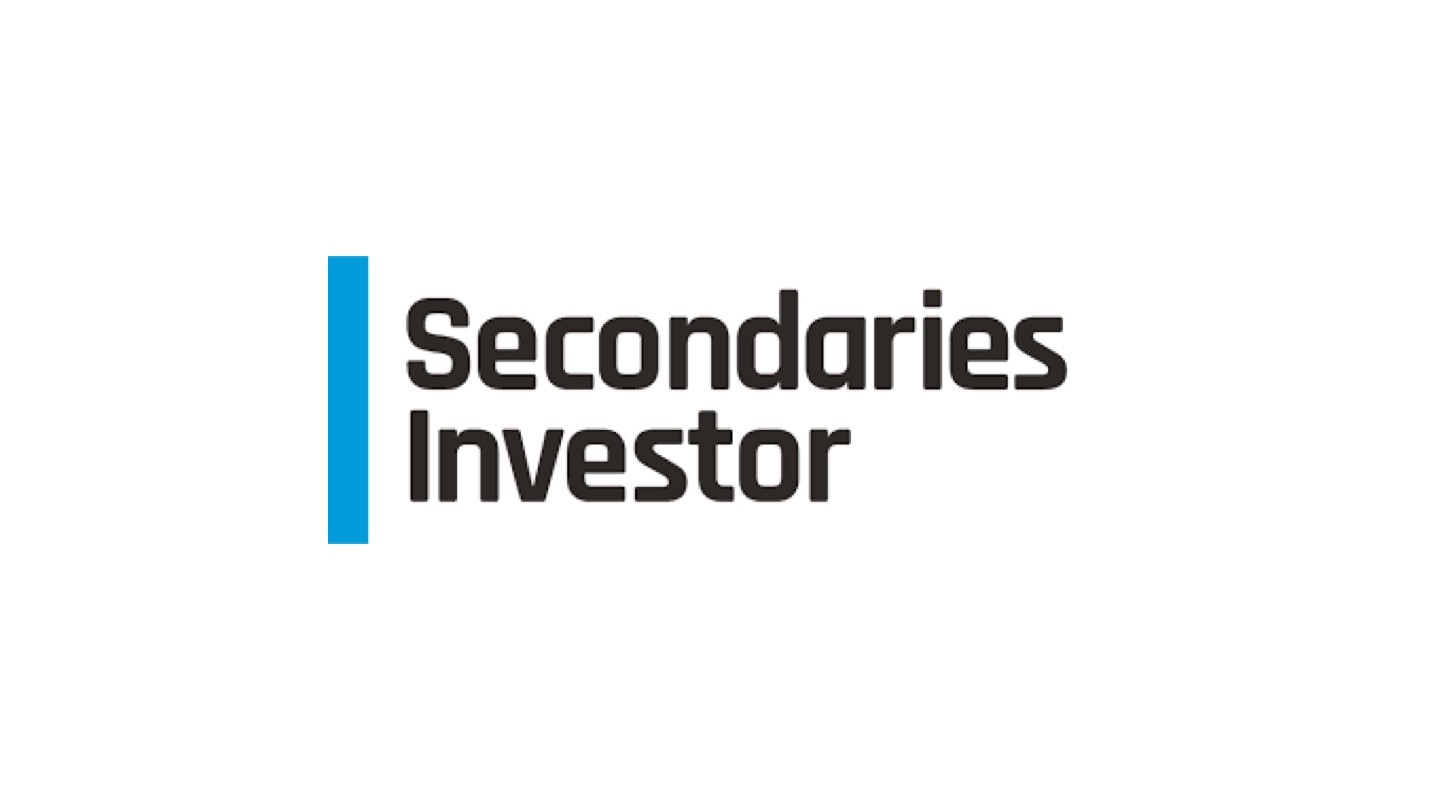As COVID-19’s effects continue to permeate human interaction, economies, and investing, the secondary trading market for private company shares is experiencing a new dynamic. This market, characterized by illiquidity (people who own shares or options cannot monetize their shares until a liquidity event takes place), holds new promise for investors who are becoming more interested in early liquidity solutions.
We are seeing a brand new approach to investing emerge, punctuated by two extremes:
- A shortened timeline for economic change, and
- The bifurcation of secondary markets.
Investing successfully requires anticipation of how life will be altered in the short and long-term by this virus. This complete disruption to daily life is causing investors, such as my own Liquid Stock fund, to home in on the companies best positioned to support the new normal. Zoom, for instance.
Bifurcation has always dominated in a secondaries market typified by the ‘haves’ and ‘have nots,’ but it has never been more visible than it is now. The ‘haves’ tend to be companies with stellar public profiles and a red-carpet stroll to IPO. In the past, companies like Facebook, Twitter, and AirBnB had significant secondary interest and trading, even with limited public disclosure.
Now, secondary market demand is more in favor of the ‘haves’ than ever before. The margin for risk has narrowed, and investors will almost exclusively pay attention to those they believe will certainly benefit in a post-pandemic world. Examples include online learning brands like Coursera and delivery services like Instacart.
Then there is the faltering of companies previously in high investing demand. AirBnB, once growing by leaps and bounds and positioned for a groundbreaking IPO, announced sweeping layoffs due to revenues that had fallen by 90 percent in April. Although we expect AirBnB to rise again post-crisis, the question, as always, is when.
The focus now for employees and shareholders who have lost their patience in such uncertain times is on obtaining liquidity. Economic security is trumping price optimization. Due to this prime need for liquidity and a longer wait for exit, the supply side of secondary markets has been stimulated.
Although investors willing to take risks now can find discounts to former valuations, there is much risk and many issues stemming from past investments to weigh. Funds with a lot of dry powder are figuring most prominently right now.
We expect the high supply and lighter demand to continue for some time. As investors evolve their investment strategies, they will tighten underwriting and make secondary market bets with caution. Because secondary investments have no downside protection, they are riskier, and pricing in secondary markets will need to adjust to the supply/demand imbalance before the market can bounce back to where it was pre-Covid.
A final consequence is that, with the huge contraction on the demand side and the peak in supply, employees and shareholders of private companies are being pushed to new solutions—like the non-recourse stock financing we offer at Liquid Stock. Employees are attracted to having the option to use their stock for liquidity, so they can pay their taxes, cover their exercise price, or simply get cash without selling shares at a discount or risking personal assets.
Effectively, buyers and sellers are seeking more of what has become extremely elusive now: solutions that provide true peace of mind.


